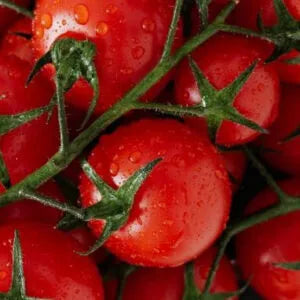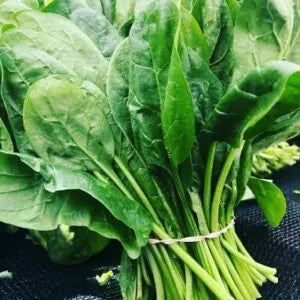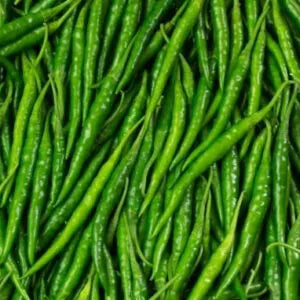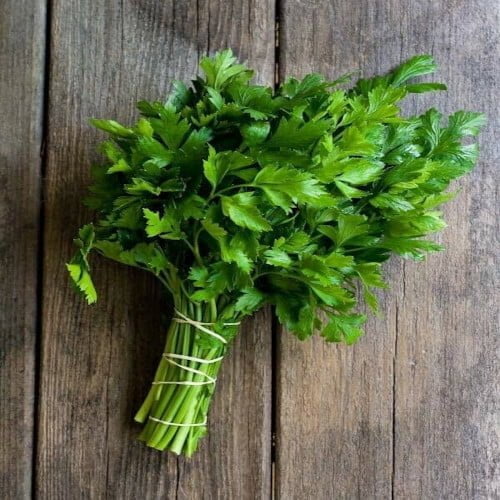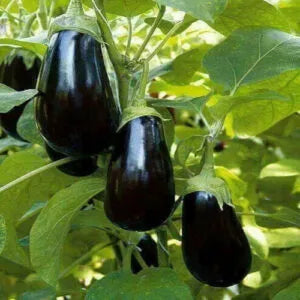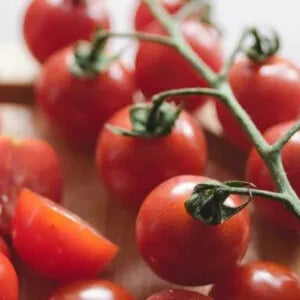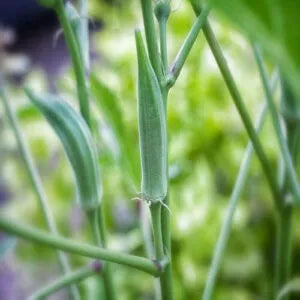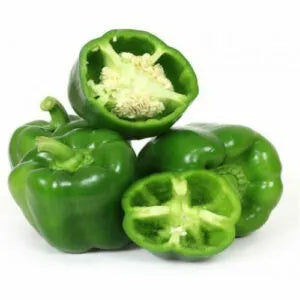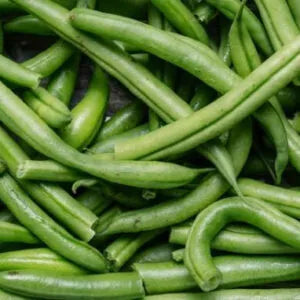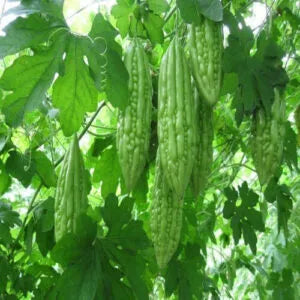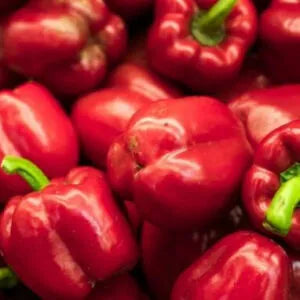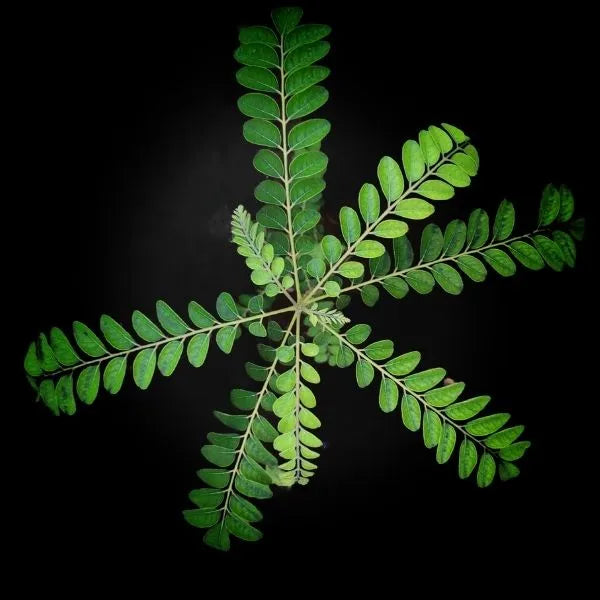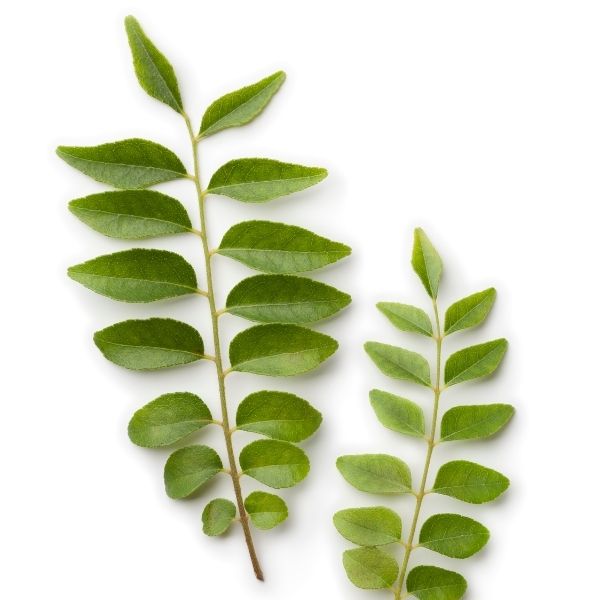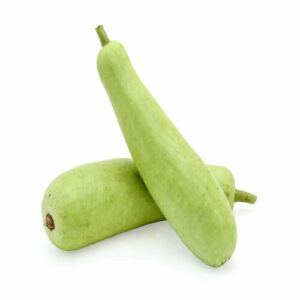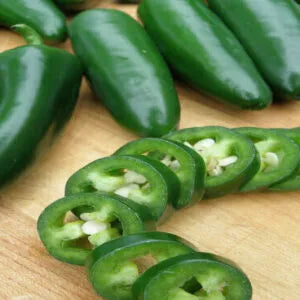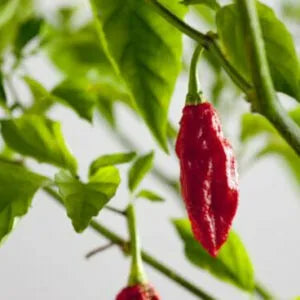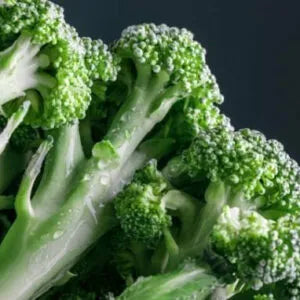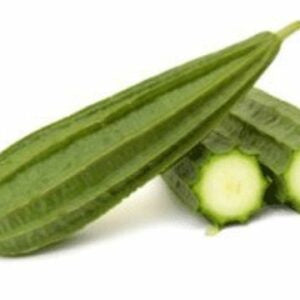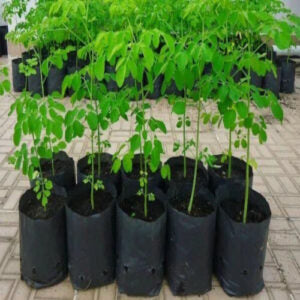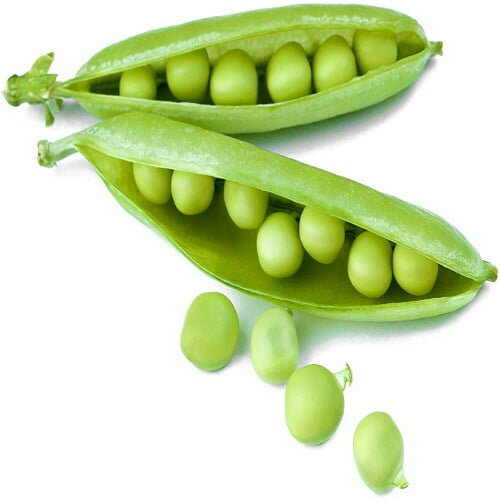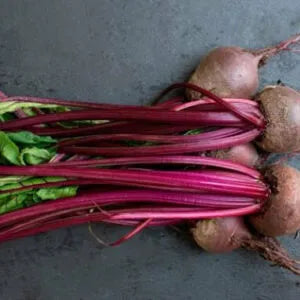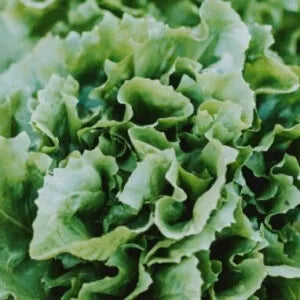Growing Indian vegetables from seeds can help conserve biodiversity while offering a reliable source of healthy, fresh vegetables.
Any garden needsvegetable seedsto thrive because they are little powerhouses that convert dirt and sunlight into colorful, nutrient-dense produce. With their wide variety of tastes, colors, and textures, theseseedsprovide an infinite number of options in the world of gardening. Planting and caring for vegetable seeds is an enjoyable and sustainable project that invites you to discover the art and science of growing your own food, regardless of your level of gardening experience. elect from our finest range of organic open-pollinated heirloom desi (naatu, naati) vegetable seeds starting at only Rs.10.
Why vegetable seeds?
Vegetable seeds offer gardeners numerous benefits. They allow for a wide variety of fresh produce, from tomatoes to peppers, while promoting self-sufficiency. Growing from seeds also saves money compared to buying plants, encourages a deeper connection with nature, and ensures control over the entire cultivation process. Moreover, it fosters environmental sustainability by reducing the carbon footprint associated with store-bought vegetables. By utilizing vegetable seeds, gardeners may choose certain types that are suited to their tastes and climate, which produces harvests that are more solid, tastier, and healthier. It also improves gardening.
Different vegetable seeds
Different examples of vegetable seeds are Broccoli seeds, Spinach seeds, Coriander seeds, Tomato seeds, Green Pea seeds, Lady Finger seeds, Lettuce Iceberg seeds, Tar Kakri seeds, Baby Corn seeds, etc. Using different seeds in India offers various advantages. It also promotes biodiversity and preserves traditional knowledge of indigenous crops.
Sowing season for vegetables in India
The sowing season for vegetables in India varies depending on the region and the specific vegetable. However, in general:
- Kharif Season (June to October): Crops like rice, maize, okra, and pumpkin are sown during the southwest monsoon season.
- Rabi Season (October to March): Vegetables like spinach, carrots, peas, and cauliflower are typically sown during the post-monsoon season.
- Zaid Season (March to June): Crops such as cucumbers, watermelons, and bitter gourd are sown in the summer months.
Which vegetable seeds are suitable for which region?
- India’s North: These parts have colder winters, which are ideal for crops including wheat, mustard, potatoes, and peas.
- Western India: Here, vegetables including potatoes, tomatoes, and onions are frequently cultivated, particularly during the Rabi season.
- India’s South: This area’s tropical environment makes it ideal for growing veggies like rice, bananas, and other spices all year round.
- To the east of India: The rich Gangetic plains are ideal for growing rice, jute, and pulses; Assam and other northeastern regions offer a climate good for growing tea and other crops.
- Central India: Certain regions of central India are arid and dry, making them ideal for the cultivation of radish, potato, okra, cabbage, cucumber, etc.
Which vegetable seeds are suitable for which season?
1. Spring Vegetables (Cool-season crops):
2. Summer Vegetables (Warm-season crops):
- Tomatoes
- Peppers
- Cucumbers
- Zucchini
- Squash
- Beans
- Corn
- Eggplant
- Okra
- Melons (e.g., watermelons, cantaloupes)
3. Year-round or Season-Neutral Vegetables:
- Herbs (e.g., basil, parsley, oregano)
- Onions and garlic
- Potatoes
- Carrots (can be grown in spring, summer, and fall in many regions)
- Perennial vegetables (e.g., asparagus, rhubarb)
Common pests of vegetable seeds
Aphids, Armyworms, Cabbage maggot, Carrot rust fly, Colorado potato beetle, Corn earworm, Cucumber beetle, Cutworm, Diamondback moth, European earwigs, Flea beetles, Grasshoppers, Looper, Slug, etc. are some examples of vegetable pests.
Control pests on vegetable seeds
To safeguard vegetable seeds from pests, opt for disease-resistant seed varieties and rotate crops annually. Implement companion planting, where certain vegetables and herbs can naturally deter pests. Employ organic pesticides like neem oil or garlic spray to minimize harm to the environment. Regularly inspect plants and manually remove pests, such as caterpillars and snails. These strategies promote healthy seedlings and a productive garden.
Vegetable seeds in cooking
Vegetable seeds play a vital role in cooking, enhancing flavor and nutrition. Common examples include sesame seeds for a nutty touch, poppy seeds in baked goods, and mustard seeds to infuse a spicy kick. Sunflower seeds add crunch to salads, while pumpkin seeds are roasted as snacks. Chia and flax seeds are prized for their health benefits and can be incorporated into various dishes, like smoothies and oatmeal. Examples are – Sesame, Poppy, Mustard, Sunflower, Pumpkin, Chia, Flax, etc.
Harvest vegetable seeds
Harvest Indian vegetable seeds when the vegetables are fully mature. For instance, collect tomato seeds when the fruit is ripe, okra seeds from dried pods, and brinjal seeds from overripe eggplants. Harvest and dry chili pepper, cucumber, bitter gourd, and bottle gourd seeds when fully mature, ensuring complete dryness before storage.
Benefits of using vegetable seeds for gardeners
Gardeners may get several benefits from using vegetable seeds. They encourage cost reduction and sustainability by offering a large range of fresh products. Cultivating from seeds ensures control over the growing process and promotes a closer relationship with the natural world. It lessens the harmful impact of store-bought veggies, which also helps to preserve the ecosystem. Additionally, gardeners may choose certain seed kinds suited to their environment and tastes, which will produce crops will are more robust, tasty, and healthy.
How to select the best vegetable seeds?
- Winter is the best time to buy seeds
- Consider your space
- Focus on favorite varieties
- Think about pollinators
- Keep diseases at bay
How to sow organic vegetable seeds
The first step in planting organic vegetable seeds is to choose certified organic seeds. Make sure the soil is healthy, well-draining, and enhanced with organic compost. As for the veggies of your choice, plant seeds in the set depth and spacing. Keep the soil consistently wet using techniques like drip irrigation. For food, one might utilize compost tea or organic fertilizers. Use homemade mulch materials to control weeds and hold onto moisture. Use natural pest management techniques to safeguard your crops.
How do I select Indian vegetable seeds that are resistant to pests and diseases?
Select Indian vegetable seeds that are reputed to be resistant to local pests and illnesses, and seek extra guidance from gardening professionals. Buy the best seeds from The Affordable Organic Store website.
How do I ensure that my organic vegetable seed plantation is productive?
Start with high-quality seeds, keep regular watering and organic fertilization, create healthy soil, and plant your organic vegetable seeds with the intention of maximizing yield. Use companion planting, apply mulch, and rotate your crops. To safeguard your crops naturally, keep a close eye on your plants and apply organic pest management techniques.
How do I ensure that my Indian vegetable seed plantation benefits the local community?
Make sure the local community benefits from your Indian vegetable seed planting by emphasizing native types, encouraging seed exchanges, and offering instructional materials. Create communal gardens, employ local workers, and donate extra vegetables to nearby nonprofits. Use environmentally friendly, sustainable agricultural methods that show consideration for the locals and the environment.
In conclusion, using vegetable seeds has an array of benefits for gardeners. It lets you design a flourishing garden that fits your preferences and the environment where you live. In addition to becoming financially independent, you also have a good environmental influence. Growing from seeds gives you complete control over the process, from planting to harvesting, so the garden will provide the best outcome possible.

